The association of cats with witches is a deep-rooted cultural belief that has persisted for centuries. This connection is a fascinating blend of mythology, superstition, religion, and folklore. Understanding the origins of this association requires a journey through history, examining how societal perceptions of both cats and witches have evolved over time.
Cats in Ancient Civilizations
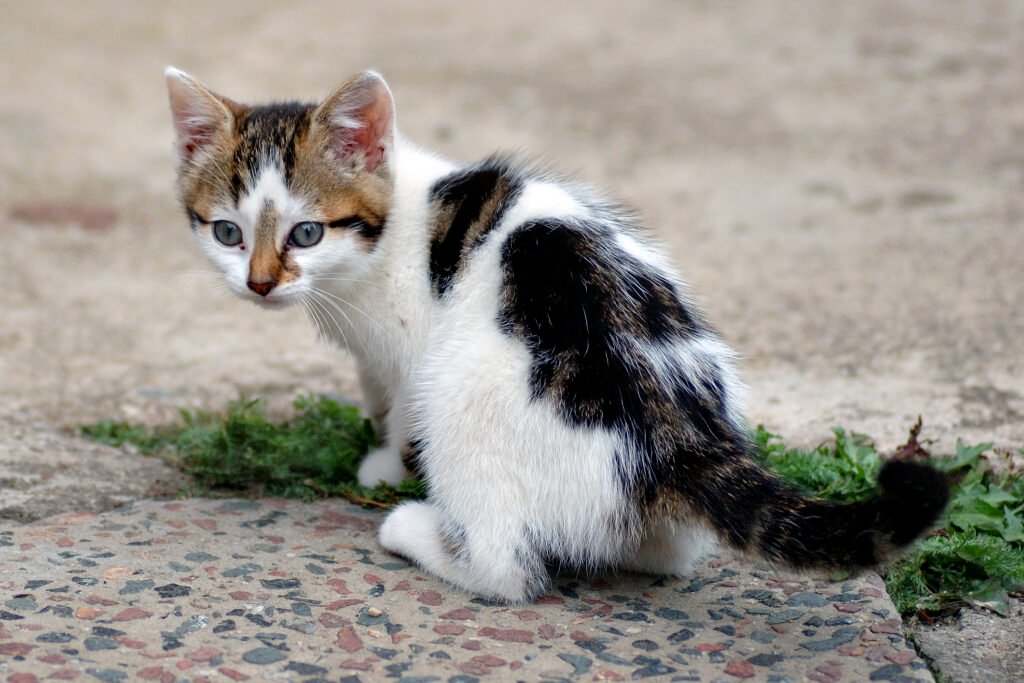
Cats have been revered by various ancient civilizations. In ancient Egypt, cats were considered sacred and were worshipped. Bastet, the Egyptian goddess of home, fertility, and childbirth, was often depicted as a lioness or as a woman with the head of a lioness or domestic cat. Cats were seen as symbols of protection and were believed to ward off evil spirits.
The Dark Ages and the Rise of Superstitions
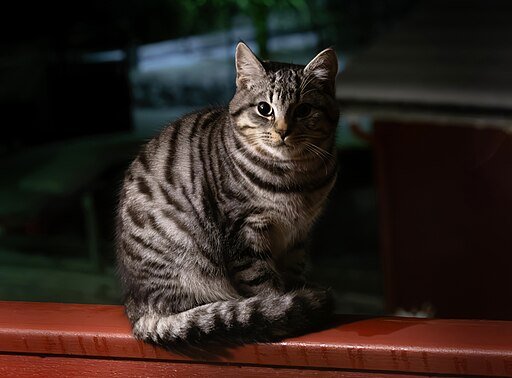
During the Dark Ages, as Europe plunged into chaos and uncertainty, superstitions began to thrive. Cats, particularly black cats, were seen with growing suspicion. This was partly due to their nocturnal nature and ability to see in the dark, which contributed to their mystical image. Their association with night time and the dark further linked them to supernatural events and beings.
Early Christian Influence

As Christianity spread across Europe, many pagan symbols and deities were repressed or demonized. Cats, which had once held esteemed positions in pagan cultures, gradually began to be viewed as creatures of the devil. This belief was reinforced by early Christian writings that associated black cats, in particular, with evil and heresy.
Witch Hunts and Trials in Medieval Europe
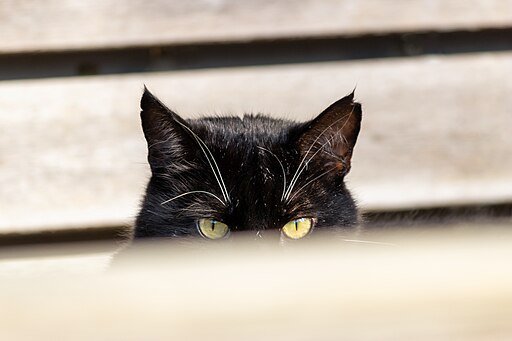
The witch hunts and trials of the late medieval period painted cats in an even darker light. During the 13th century, the church officially declared that cats were linked to witches. Many believed that witches could transform into cats, or that they used cats as their familiars—supernatural entities that assisted in their magical practices.
The Role of Cats as Familiars
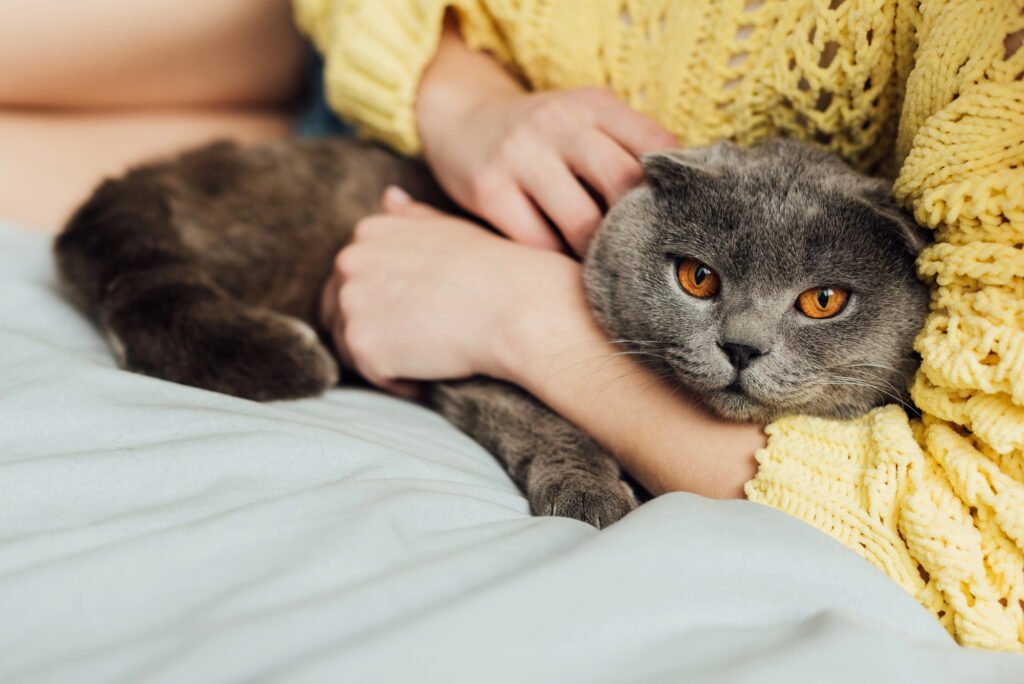
The concept of familiars was central to the witchcraft trials. It was thought that witches would use familiars to carry out their duties or to spy on people. Because cats were common pets, it was easy for this belief to take hold. A cat seen in the vicinity of someone accused of witchcraft was often enough to seal their fate.
The Transition to the Modern Era
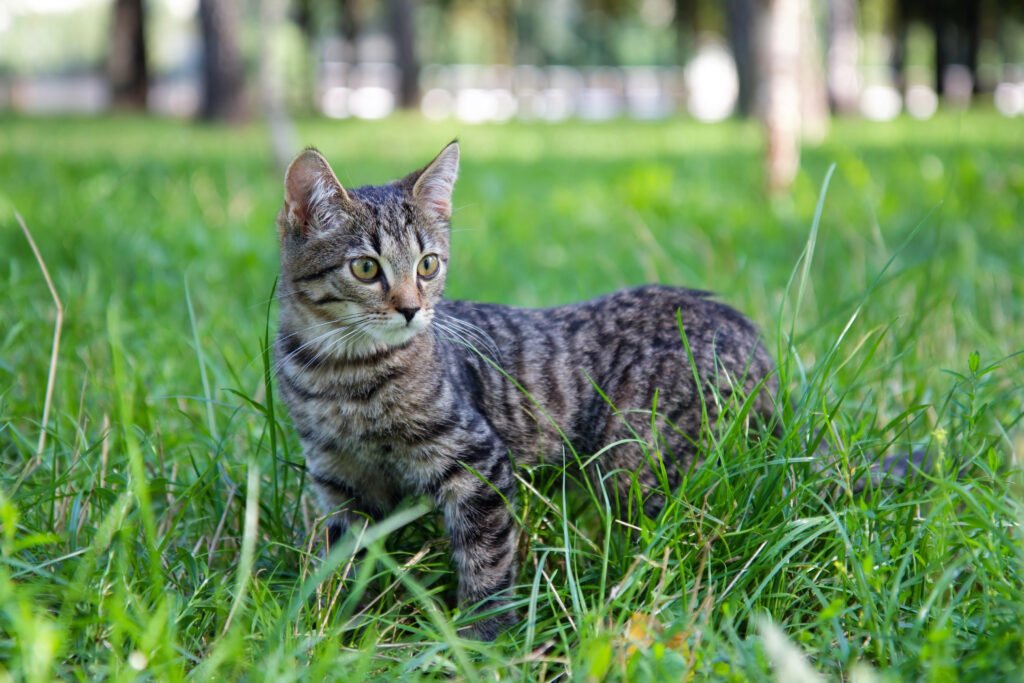
As the Renaissance began to bring about new ways of thinking, the fear and superstition surrounding witches and their feline counterparts began to wane. However, the association did not completely disappear and continued to be a staple of folklore, often fueled by literature and popular culture.
Cats in Folklore and Fairy Tales
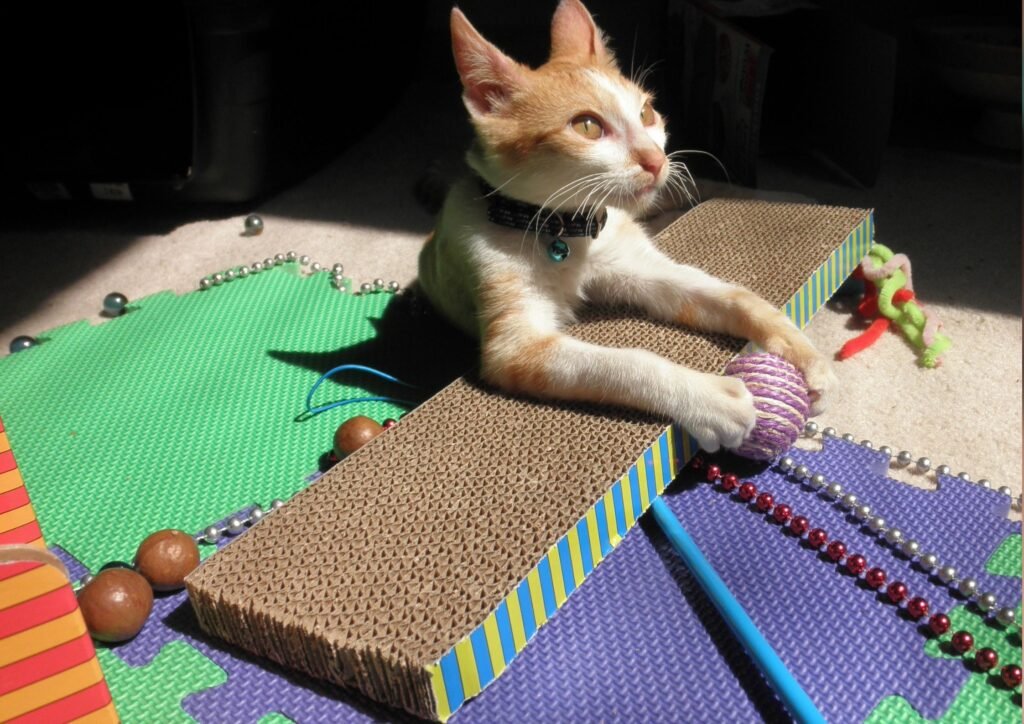
Folklore from various cultures is rich with stories that depict cats as magical or mysterious creatures. Fairy tales often include wicked witches who have cats as companions or guardians. These stories perpetuated and sometimes softened the link between witches and cats, framing them more as mystical creatures than evil ones.
The Evolution of Halloween Imagery
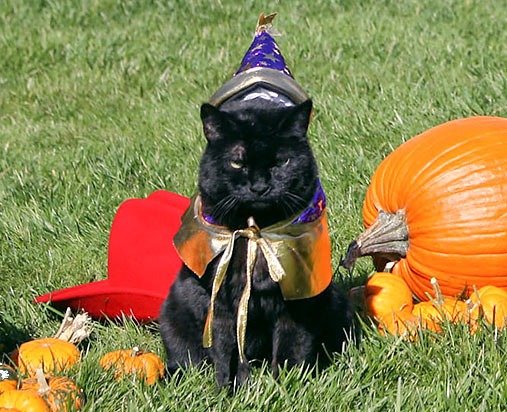
In modern times, the image of the witch with her black cat has become iconic, especially around Halloween. Black cats are often used as symbols of mystery and the supernatural, fitting perfectly into the aesthetic and lore of Halloween, a holiday centered around otherworldly themes.
Scientific Perspective on Human-Cat Interaction

From a scientific viewpoint, the interaction between humans and cats can be explained by behavior and psychology. Cats exhibit characteristics that can be perceived as aloof and independent, which may contribute to their mystical aura. Their behaviors are sometimes anthropomorphized, leading people to assign them roles in human-like narratives, such as being companions to witches.
Cats and Witches Today: A Continued Fascination
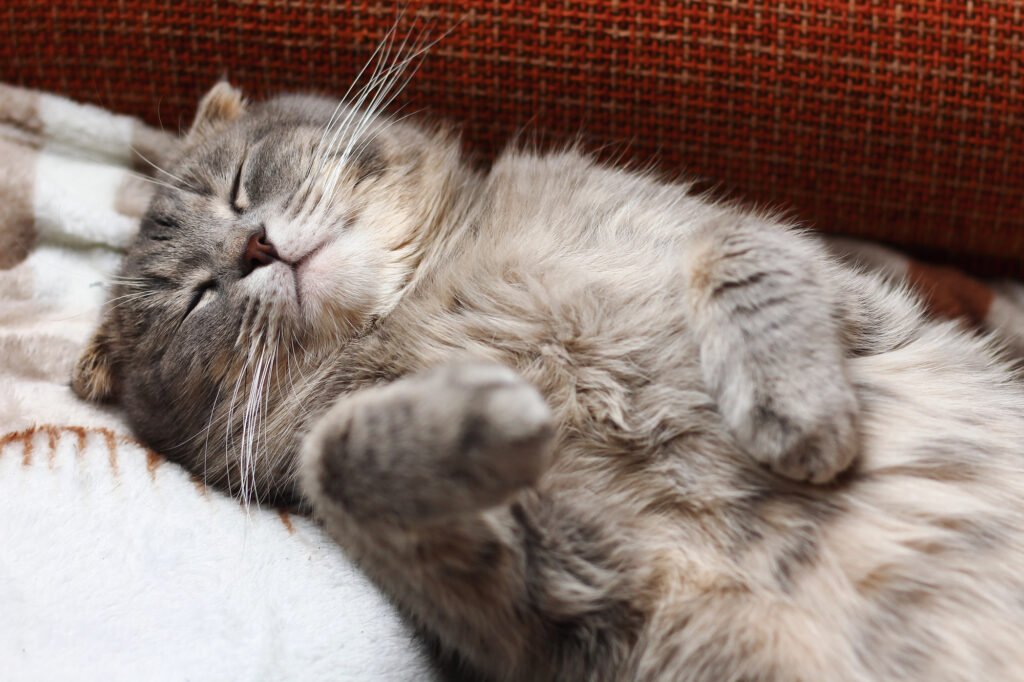
Today, the bond between cats and witches persists in popular culture and media, more as a symbol of whimsy and fantasy than fear. TV shows, movies, and books continue to explore this relationship, keeping the fascination alive for new generations. This modern portrayal tends to be more positive and playful, often embracing the intriguing nature of both cats and witchcraft.






